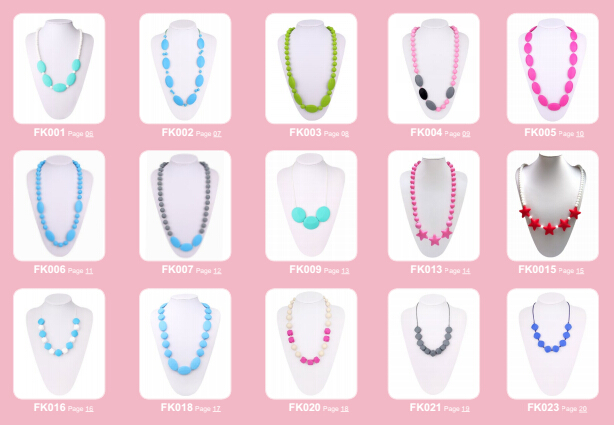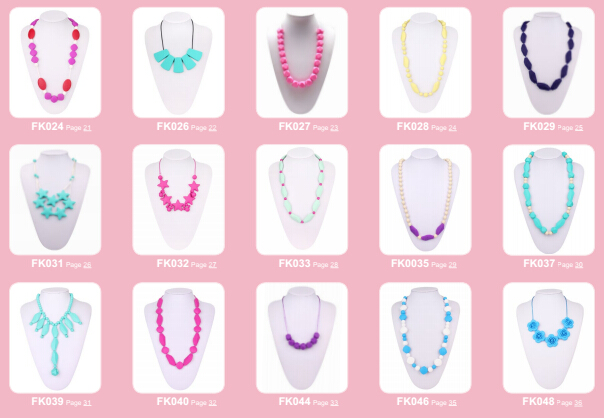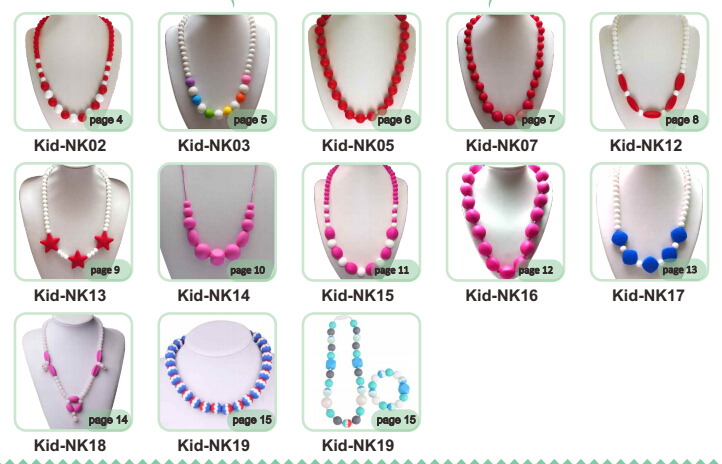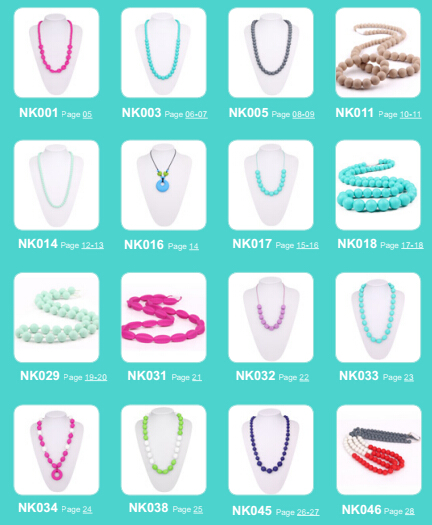1. Common faults-gag
The main reasons are: 1. The ink is not sufficiently shaken before spraying, which causes the pigment deposited on the bottom of the tank to block the nozzle during spraying; 2. The force of shaking the ink before spraying is too large, causing the stirrer (glass beads) to break and block the nozzle ; 3. The nozzle is not cleaned upside down after one-time spraying, which causes the nozzle to block the nozzle after the ink is dry; 4. Upside down or sideways during storage, the pigment deposits in the ink block the discharge hole of the valve; 5. Products that exceed the shelf life The resin or pigment and filler in its system return to thick to block the valve discharge hole; 6. The solvent in the water-based inkjet system volatilizes too quickly, etc .; 7. The inkjet is too coarse; 8. The ink does not resist frost.
Precautions: 1. Shake the ink thoroughly before spraying; 2. Master the correct method of shaking to avoid excessive force when shaking the ink; 3. If you ca n’t use it after one spraying, the ink tank should be sprayed upside down for 1-5 seconds. Remove the residual ink from the nozzle and store it to ensure normal use next time; 4. Be careful not to turn it upside down or the side of the tank during storage; 5. Use it within the shelf life before use; 6. Adjust the appropriate amount of solvent; 7. Inkjet grinding fine Some; 8. Add antifreeze.
Remedy: 1. Shake the ink upside down to spray the ink tank for 1-5 seconds; 2. Use a gas to open the clogged nozzle; 3. Add 3H4 heat stabilizer; 4. Replace the nozzle; 5. Refilter the inkjet; 6. Put on a hot water bath to make it melt and flow.
Second, common failures-spraying is not complete (spraying pressure drops)
The main reasons are: 1. There is a reverse spray phenomenon during spraying; 2. The ink tank is excessively inclined during spraying, and the inclination angle exceeds 45 °; 3. The automatic inkjet storage time is too long and exceeds the shelf life; 4. The bending direction and The direction of the nozzle hole is opposite.
Precautions: 1. Master the correct spraying technique and avoid reverse spraying; 2. Avoid the oblique angle of the ink tank more than 45 ° during spraying; 3. Avoid using the expired or misuse of other inkjet products; 4. When spraying to the remaining 20% Left and right, when you feel that the concentration (or viscosity) of the discharge is not enough (the propellant is mainly propellant), rotate the spray head by 180 ° and continue to use it.
Remedy: 1. When it is found that the spraying pressure drops, try to spray the inkjet once; 2. When the spraying pressure is insufficient and the temperature is low, you can use 50 ℃ water to heat the inkjet and implement the operation.
Three, common failures-the viscosity of the inkjet is too low (the ink is thin, the cover is insufficient)
The main reasons are: 1. The ink is not sufficiently shaken before spraying; 2. The angle of the ink tank is too large during spraying, so that the gas content in the sprayed ink system is high, and the ink is diluted; 3. The ambient temperature of the spraying site is too low; 4. The spraying environment lacks heating and drying equipment, and the air circulation is not smooth; 5. One-time spraying is too thick (such as flash color).
Precautions: 1. Correctly master spraying technology and avoid reverse spraying and diagonal spraying; 2. Avoid inkjet in rainy, humid or cold weather.
Remedy: 1. Operate spraying at room temperature or put the sprayed prints into a heating device at 50-60 ° C.
Four, common failures-hang
The main reasons: 1. The nozzle is too close to the surface to be coated; 2. The speed of the nozzle is too slow 3. Poor ventilation in the spraying environment; 4. The flash drying time between the various layers during spraying is insufficient; 5. The surface is polluted.
Preventive measures: 1. Use the correct spraying distance (15cm ~ 25cm); 2. Keep the nozzle moving speed (30cm / s ~ 60cm / s); 3. Keep the environment well ventilated; 4. Set the corresponding color layer to dry according to the temperature level Time (3min ~ 10min); 5. Make sure the coated surface is completely clean before inkjet.
Remedy: 1. Slightly sag and wait for the ink film to dry completely (16h aging period at a fixed temperature), polish and level with P1500 sandpaper, wax, polish or apply varnish; 2. Seriously sag and wait for it to dry completely After sanding and smoothing with P800 or more sandpaper, and then spraying again, the spraying distance is usually extended.
Five, common faults-pinholes, ink drops
The main reasons are: 1. The ink is not mixed evenly; 2. The viscosity of the ink system is too high and there are bubbles; 3. The pressure of the finger pressing the nozzle is uneven, the nozzle is not smooth, resulting in ink accumulation; 4. The ink film is too thick or too thin ; 5. The surface of the printed substrate is contaminated.
Precautions: 1. Vigorously oscillate the ink before spraying to mix evenly; 2. Spray at a uniform speed; 3. Thoroughly clean the surface to be coated before spraying.
Remedy: 1. Slightly air bubbles, ink drops can be flashed dry with a clean cotton cloth and continue to spray; 2. Serious air bubbles, ink drops after the ink film is completely dried, polished with P800 sandpaper and sprayed again, or alcohol Clean the mixed solvent with cotton wool before spraying.
Six, common faults-orange peel
The main reasons are: 1. The spraying distance is too far or too close; 2. The ink atomization is uneven; 3. The spraying is too thick or too thin.
Precautions: 1. Master the correct spraying technology; 2. Shake the ink thoroughly or heat it properly; 3. Press the index finger with even force when pressing the nozzle to ensure that the ink output is uniform and constant.
Seven, common failures-whitening (matte)
The main reasons are: 1. High temperature and high humidity in the spraying environment; 2. Poor ventilation or coldness in the spraying workshop; 3. Poor solvent ratio in the ink system.
Precautions: 1. Avoid rainy, high temperature and high humidity weather operations; 2. Use mixed solvents to design inkjet production.
Remedy: 1. Quickly add 80TNY white water or solvent, or alcohol ether solvent at the whitening place; 2. Add infrared lamp or electromagnetic wave to bake immediately when the whitening occurs (below 60 ℃); 3. Wait for the ink film to dry After waxing, polishing or removing or wiping with alcohol-water mixed solvent, it can also be saved by adding X8 or trace 3114 to its ink. [next]
Eight, common failures-wrinkling, edge warping
The main reasons: 1. The ink film layer is sprayed too thick; 2. Poor drying conditions (such as low temperature, high temperature weather or excessive ventilation); 3. Spraying ambient air is polluted or poor ventilation and ventilation; 4. Crosslinking agent in the ink system Excessive or too little coloring material.
Preventive measures: 1. Avoid spraying too thick ink film layer; 2. Ensure that the air in the inkjet environment is fresh and have normal temperature and humidity; 3. Control the specific surface area of ​​the coloring material and reduce the crosslinking agent moderately.
Remedy: 1. For slight wrinkles or slight warpage, be sure to wait for the ink film to dry completely, polish it or clean it with alcohol and then spray again; 2. For wrinkling or heavy warpage, you need to use alcohol thoroughly After the water mixed solvent is cleaned, and then sprayed again, it can also be saved by adding color paste or 308 leveling agent to the ink system.
Nine, common faults-bite the bottom (color)
The main reasons: 1. The background color and face color are not matched, the solvent in the upper ink system has a certain solubility to the previous layer (such as the background color); 2. The front layer sprays the surface ink before drying; 3. The latter color (Face ink) Spray too thick at one time.
Precautions: 1. Avoid spraying directly on the same ink film; 2. Add gray or dilute agent between the unmatched background color (previous color) and complexion; 3. Thin print should be applied several times for each printing operation, each Allow sufficient flash drying time between passes (lanes); 4. Increase the distance between the inkjet and the substrate.
Remedy: 1. Avoid using true (strong) solvents for inkjet systems; 2. Add an appropriate amount of curing agent or drier.
Ten, common faults-cracking
The main reasons: 1. The front color (such as background color) and the back color (such as face color) are not matched, the flexibility of the previous color and the latter color, especially the difference between the hardness and softness is too large; 2. The ink layer of the previous color is not dry That is, one color after spraying; 3. The latter color is sprayed too thick; 4. It is caused by excessive coloring material, aging, powdering, and brittleness of the old bottom ink layer.
Preventive measures: 1. Confirm that the previous ink film (background color) and the next ink film can be matched, and add the middle ink layer if necessary; 2. Master the correct spraying technology; 3. The aged or excessive colorant ink layer should be After clearing, spray the top ink.
Remedy: 1. Shovel to the substrate or clean it with alcohol and then re-jet.
Eleven, common faults-rough ink layer
The main reasons: 1. The nozzle is too far away from the surface of the substrate to be sprayed; 2. The movement speed of the spray can is too fast; 3. The fineness of the ink is too coarse.
Preventive measures: 1. Master good inkjet technology; 2. Ensure a good spraying environment; 3. Fully filter the ink.
Remedial measures: 1. Slightly dry spraying. After the ink film is dry, wet polish with P1200C sandpaper or above, then the potential light can return to gloss; 2. Severe dust and particles are smoothed or removed, and then sprayed again.
Preventive measures: 1. Avoid long-term exposure of the ink film to the sun; 2. Try to keep the ink film clean; 3. Increase the medium content in an appropriate amount; 4. Control the PH value between the colorant and the medium to be alkaline; 5. Keep Certain rewetting during ink film formation.
Remedy: 1. Use BOTNT deinking agent to remove the powdered old ink layer, or shovel the shovel to the substrate before proceeding with the operation; 2. Increase the medium of the coloring material (such as the softer material); 3 .Apply an appropriate amount of anti-ultraviolet absorbent.
Twelve, common failures-flaking
The main reasons are: 1. The substrate has oil stains, dust, and stains; 2. The surface of the non-woven fabric is too smooth; 3. The old bottom layer is aged, powdered, and brittle.
Precautions: 1. Make sure that the inkjet surface is completely clean; 2. Before removing ink, remove the oil stains and powder layer on the surface; 3. Remove the aging ink layer before spraying the surface ink.
Remedy: 1. Re-inkjet after shoveling off the peeling part and the surrounding unattached part.
Thirteen, common faults-not resistant to washing and rubbing
Main reasons: 1. The pH value of the binder in the water-based non-woven inkjet system is too high or too low, especially the re-wetting and re-dissolvability is too large; 2. The ink is too hard (too much coloring material or too softening point of the binder) High) or excessive use of cross-linking agent.
Preventive measures: 1. Control the PH value of water-based inkjet 6.5 ~ 7.5; 2. Use coloring materials with small surface tension and a softening point between 100 ℃ ~ 130 ℃ with large coloring power; 3. When designing the ink formula, an appropriate amount Add alcohol ester or silicone olein; 4. Introduce oil erucamide dispersant.
Remedy: 1. Add PH value regulator; 2. Control the technical parameters of the linking material or introduce an appropriate amount of film-forming aid; 3. Supplement the appropriate amount of plasticizer and slip agent.
14. Common faults-dust, particles
The main reasons are: 1. The surface of the substrate to be sprayed is not cleaned; 2. Inkjet environmental pollution, such as dust in the workshop, dust in the air, etc .; 3. Other sources of pollution such as dust on the operator and the cover.
Precautions: 1. Thoroughly remove the sprayed surface; 2. Ensure the cleanliness of the inkjet environment and the air; 3. Remove any incompetent sources of pollution; 4. Seal the dusty surface; 5. Control the temperature and humidity of the workshop .
Remedy: 1. Wet sanding with P1200 or above sandpaper, waxing, polishing or spraying a layer of glazing oil; 2. Severe dust, particles and smoothing the uniform before re-spraying.
Round Beaded Baby Teething Necklace
Our Round Beaded Baby Teething Necklace are made of 100% food grade material, very safe for babies, all of them are
FDA, BPA free, EN71 certification approved, various of designs available, OEM, ODM order accepted, they not only help babies
relief their baby teething pain, but also very fashional for mom wear.
We are pround of trust by all our customers like, Nuby, NUK, The Honest Company, Target, Wal-mart and etc for over 8 years,
we are producing our products to help more babies in this world have a happy teething period, hope our teething products can
be a very good memories for all babies after thir grow up, let do this together, pls contact our sales for more information.





For More: Silicone Teething Necklace , Sensory Silicone Chew Toys, Silicone Baby Teething Bracelet, Silicone Teething Beads, Baby Pacifier Clips
Round Beaded Baby Teething Necklace
Round Beaded Baby Teething Necklace,Baby Necklace,Round Silicone Baby Teething Beads,Teething Silicone Necklace
Shenzhen Kean Silicone Product Co., Ltd. , https://www.keansilicon.com